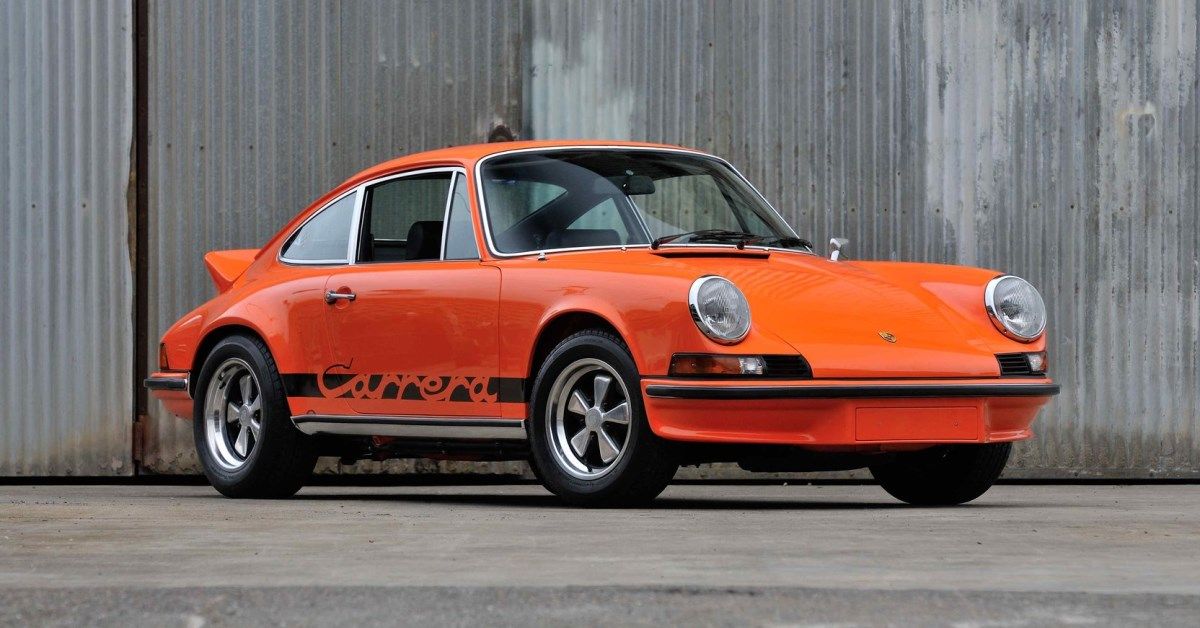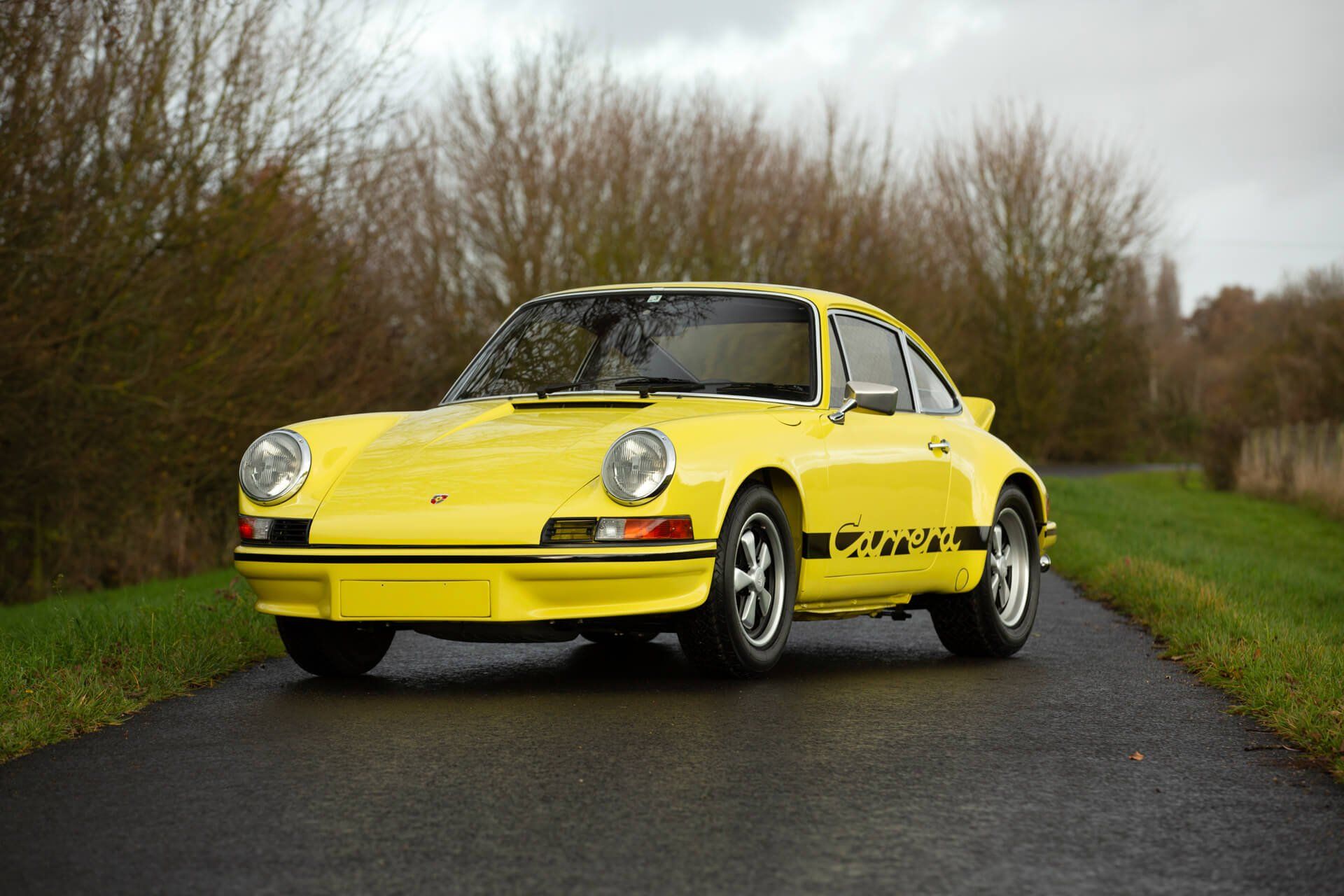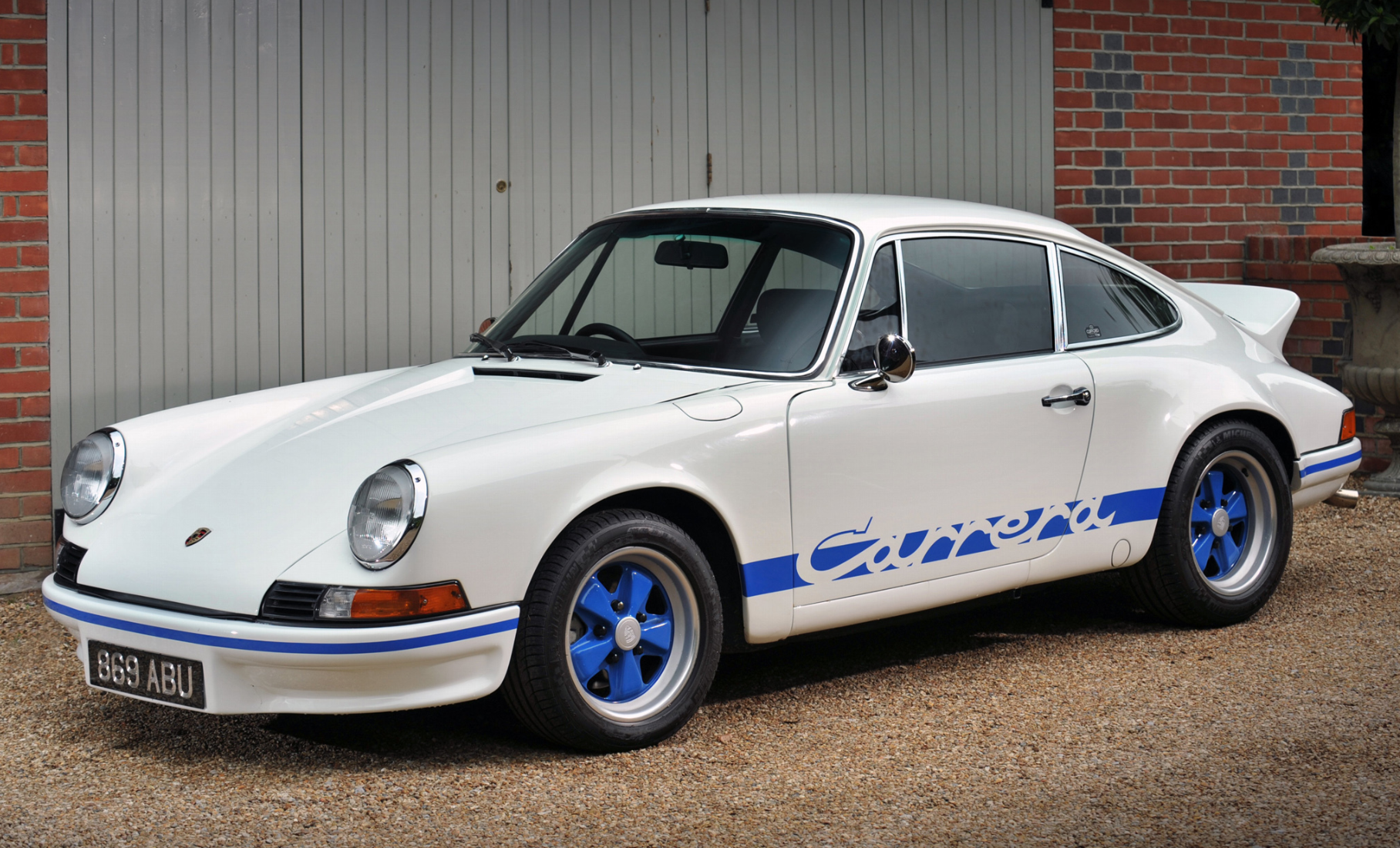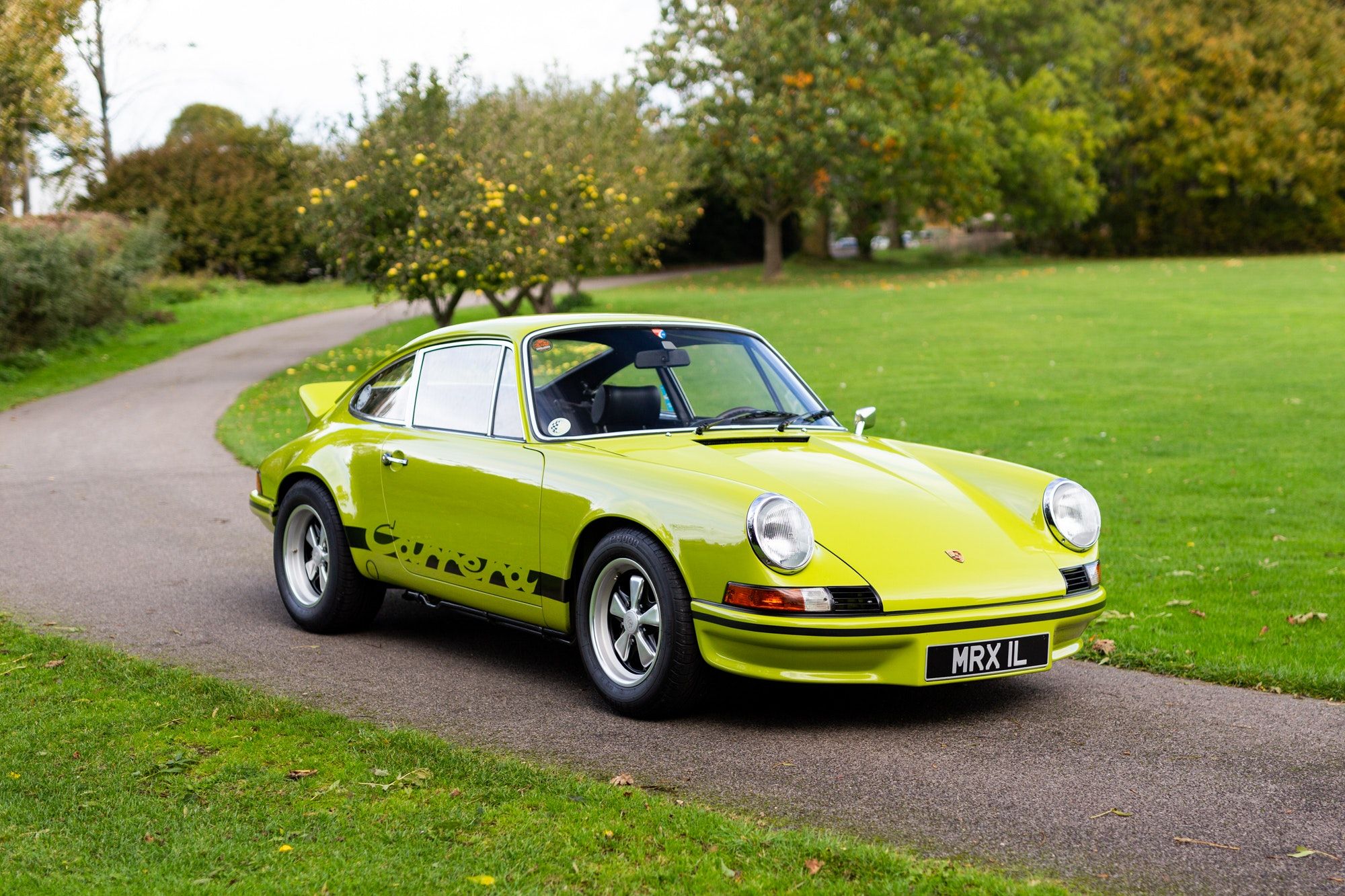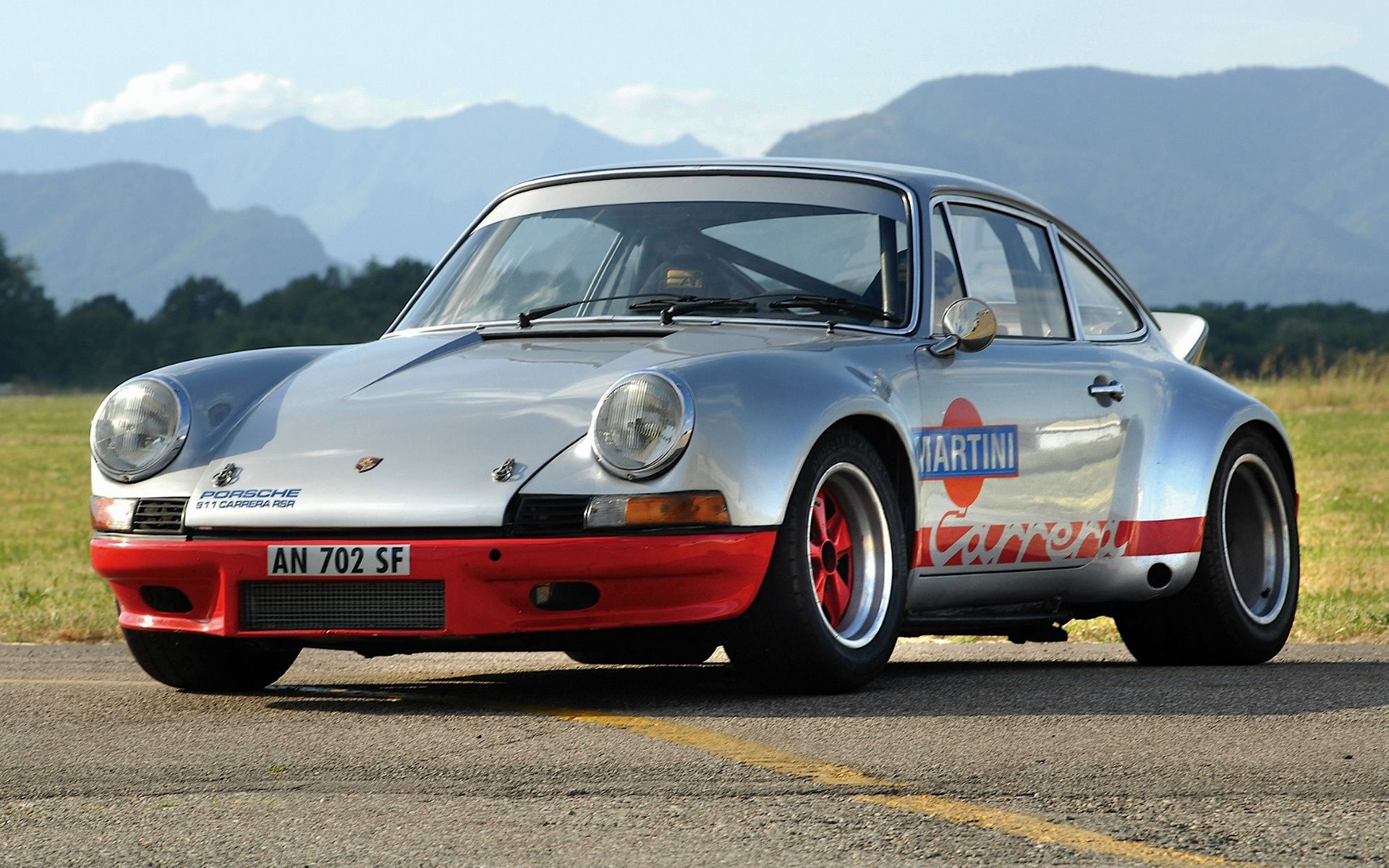Porsche certainly know how to make a great sports car. That has been seen since 1964, when the very first Porsche 911 rolled off the production line. Whilst some have ridiculed the car, saying it hardly changes year-on-year and everything else in between, the Porsche 911 has surely got to go down as one of the greatest sports cars in automotive history. And this is before we get into some higher performance, exclusive or special versions of the car that have been created over the years.
Perhaps one of the most iconic examples of the Porsche 911 is the 911 Carrera RS examples, specifically those from the early 1970s, such as in 1972 and 1973. The Carrera RS has come to embody 1970s sports cars and, in particular, embody the spirit of the Porsche 911. Some often call it the holy grail of 1970s sports cars. Just hearing the name Carrera is evocative of that era. You probably have to admit that a lot of the Porsche 911s have not differentiated too much from the previous generation. But there is something special about the 1970s Carrera.
The Carrera Name
The RS in the Carrera name stands for “Rennsport” in German. Translated into English, that name stands for “Race Sport”. Prior to being used on the 911, the Carrera name had actually not been in use for some time, being reintroduced from the Porsche 356 Carrera that was named after the company’s famous class victories in the 1950s at the Carrera Panamericana races in Mexico. Porsche’s latest Carrera would be designed to meet motorsport homologation, paving the way for an ultra-successful racing version of the road car. A certain number of road versions would have to be built to meet these criteria.
As you have probably already guessed, the new 911 version had more power and a bigger engine compared to its standard counterpart. Porsche equipped the Carrera RS with a 2.7-liter air-cooled flat-six engine, enlarged from the standard 2.2-liter version, and it was fitted with a Bosch mechanical fuel injected system. This helped to raise the power of the engine up to 210 hp, which was then also mated with a five-speed manual gearbox. To save on weight, the car lost its rear seat, and the right passenger seat was fixed to the car and no sound-deadening materials were used either. Leather straps replaced the door handles, and the spare wheel was also slung out. Stiffened suspension and bigger brakes also all helped to give the Carrera RS unrivaled performance.
A Light-Weight Touring Car With High Demand
Two forms of the 911 Carrera were created. There was the RS Touring form, of which the car weighed around 2,370 lb and then there was the Sport Lightweight version, which was around 220 lb lighter than the RS Touring edition. The year of 1974 saw the Carrera RSR take to the track, but fitted with the larger 3.0-liter engine and with all sorts of aerodynamic upgrades such as the “whale tail” that replaced the ducktail spoiler, and a widebody kit and larger tires gave the car an unbelievably menacing appearance.
With a top speed of 158 mph and a 0-62 of just over 5 seconds, the Carrera RS was rapidly showing its potential. To race the car, Porsche had to build 500 units. Not only did they do this, but they were sold out incredibly fast, and thus Porsche then produced another 1,080 examples of the car. With only 1,580 examples of the car ever built from April 1972 and July 1973, these have become some of the rarest sports cars of the 1970s in the modern era. And thus, they are highly collectible, often seen as being at the peak of the 911’s existence.
Standing Out From The Crowd
All of the changes made to the 911 to create the 911 Carrera RS, also known as the 2.7 Carrera RS, make it stand out among all other 911s. The “ducktail” rear spoiler became the stuff of legend, and the flared wheel arches and rather aggressive front spoiler ensured that it easily stood out from pretty much every other 911 that was not only built but also yet to be built. It was a car born to race, but also born to be driven as well. And that might sound obvious, it’s a car. But we mean one that was meant to have its limits pushed on the road, and to give off one of the best driving experiences possible. It certainly did that and some, and now these cars have become unbelievably desirable and expensive in some cases.
Nothing Comes Close To The Carrera RS
It's staggering to know that over a million Porsche 911s have been created since they replaced the Porsche 356 back in the early 1960s. But there is no doubt that this small sample of just over 1,500 examples is the most spectacular and revered of the 911. Not only did it become a legend on the road, but it went on to dominate in GT racing, thanks to the RSR 3.0 version that decimated the competition in the European GT Championship in 1974. Unsurprisingly, the RSR 3.0 swept the competition away. Faster cars have come and gone. Faster 911s have come and gone. But none epitomize a whole decade as much as the Carrera RS.
Sources: Mecum Auctions, Supercars, Car Pixel, Elferspot, Classic Driver

